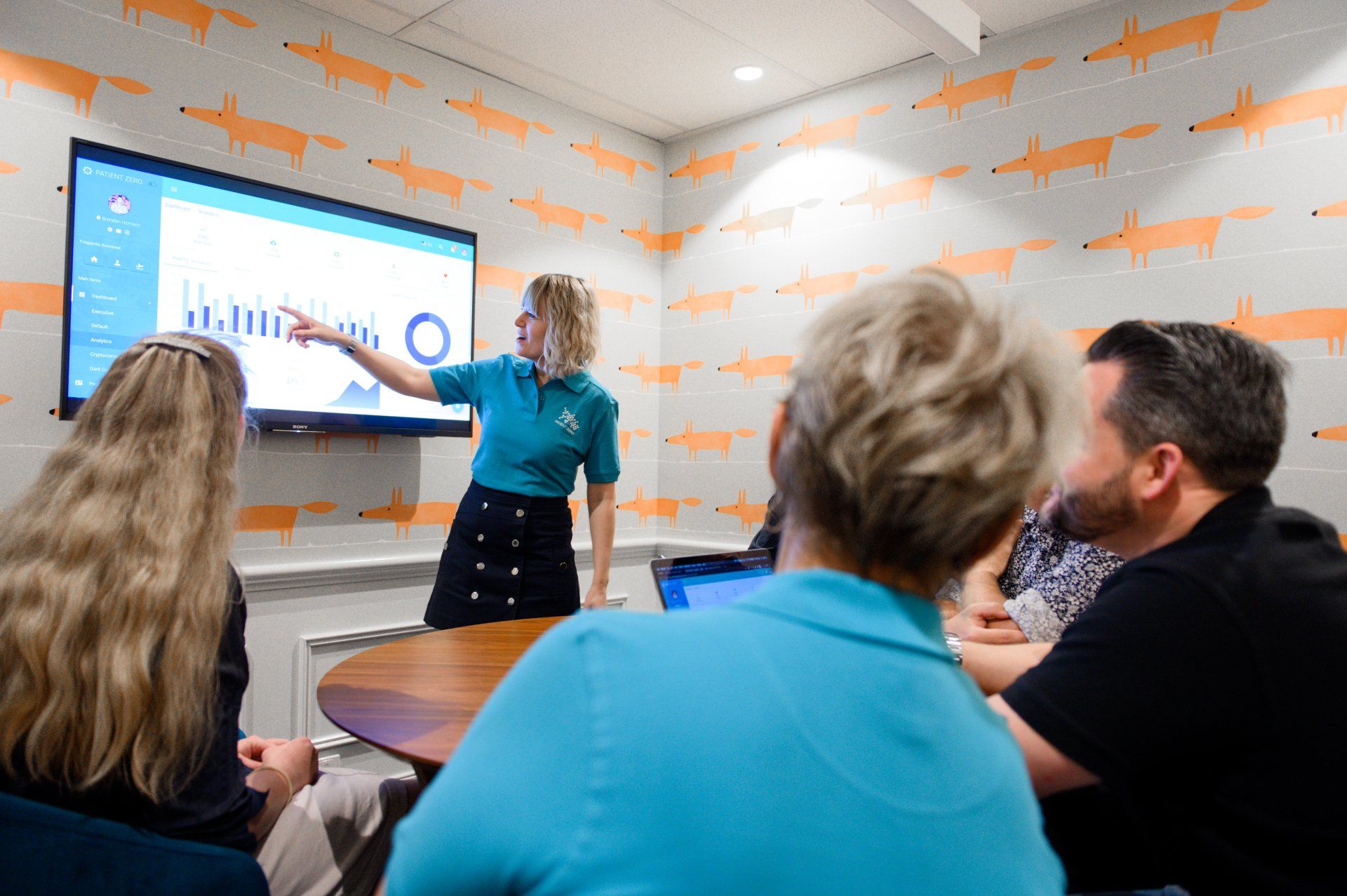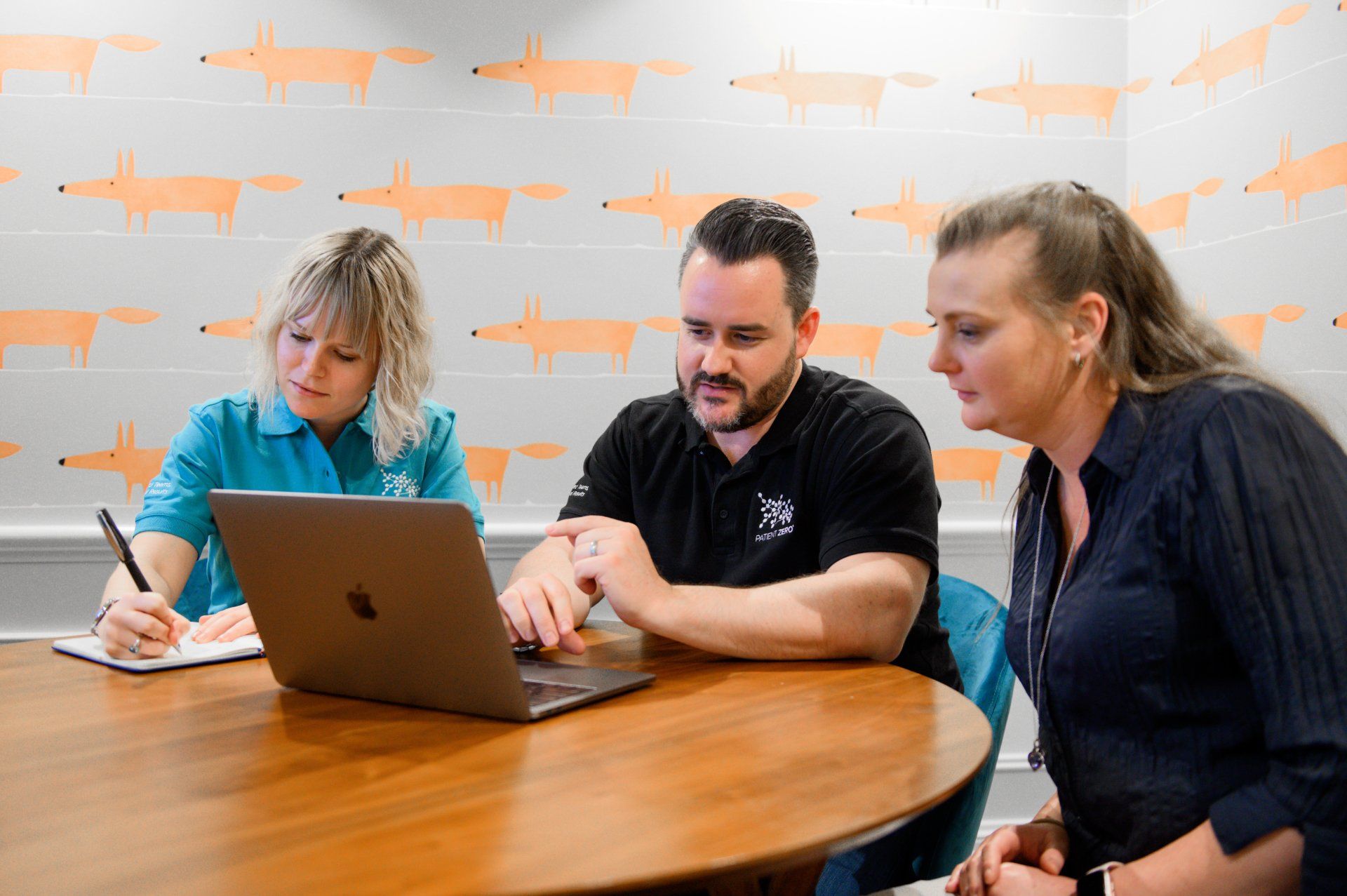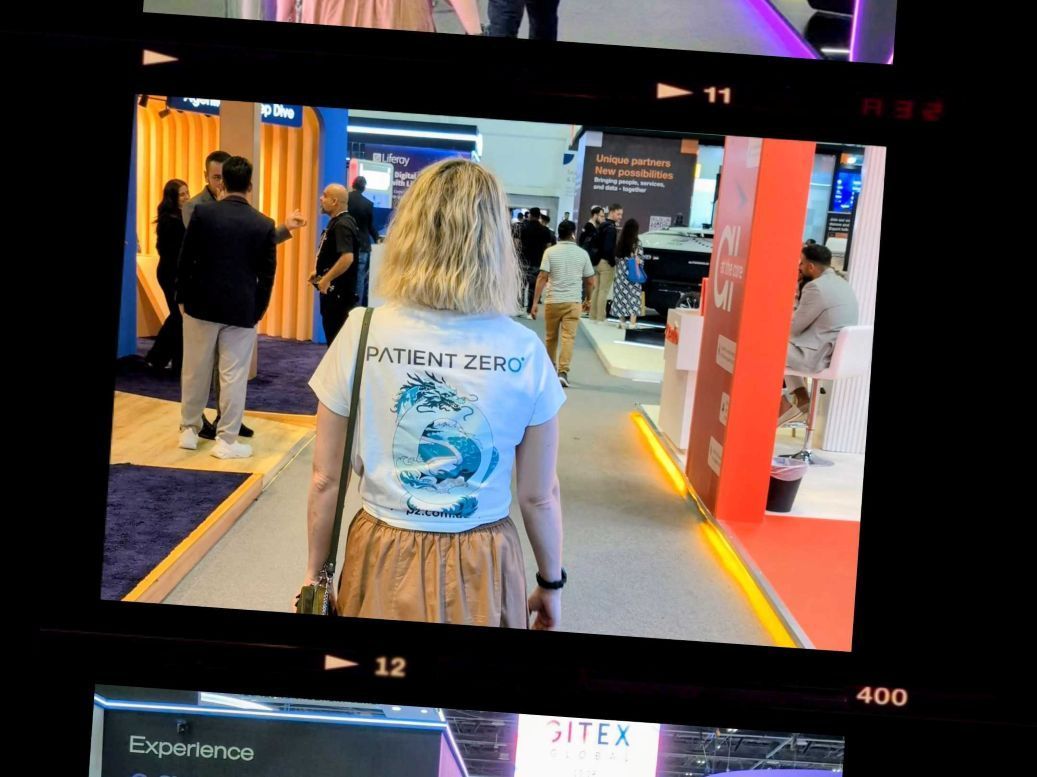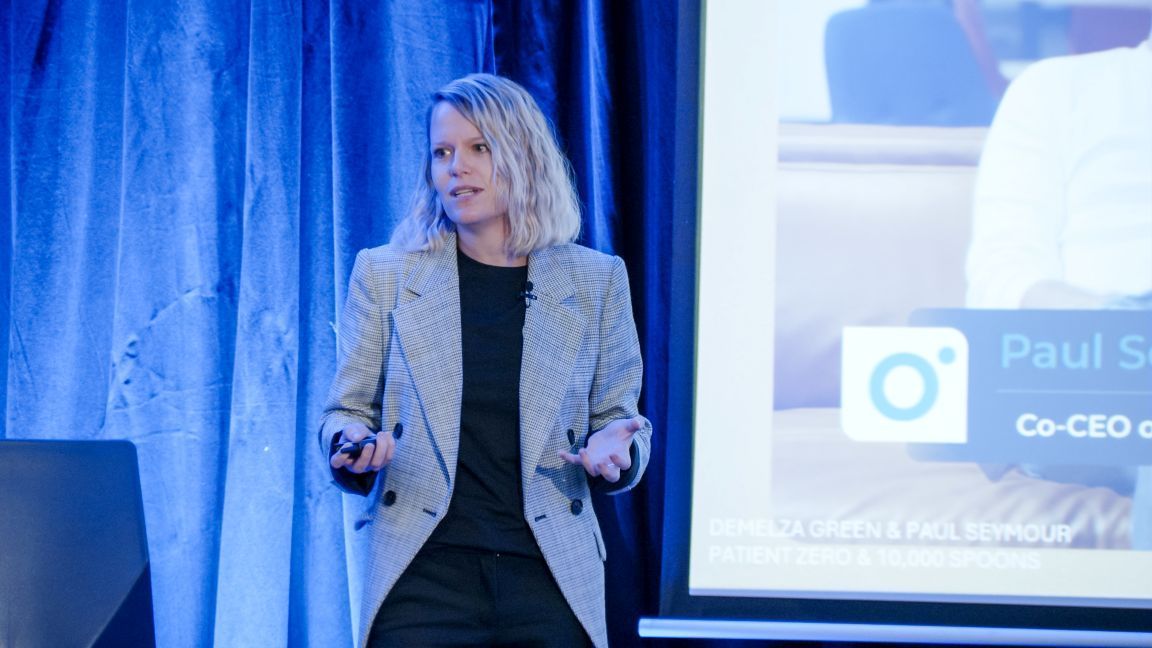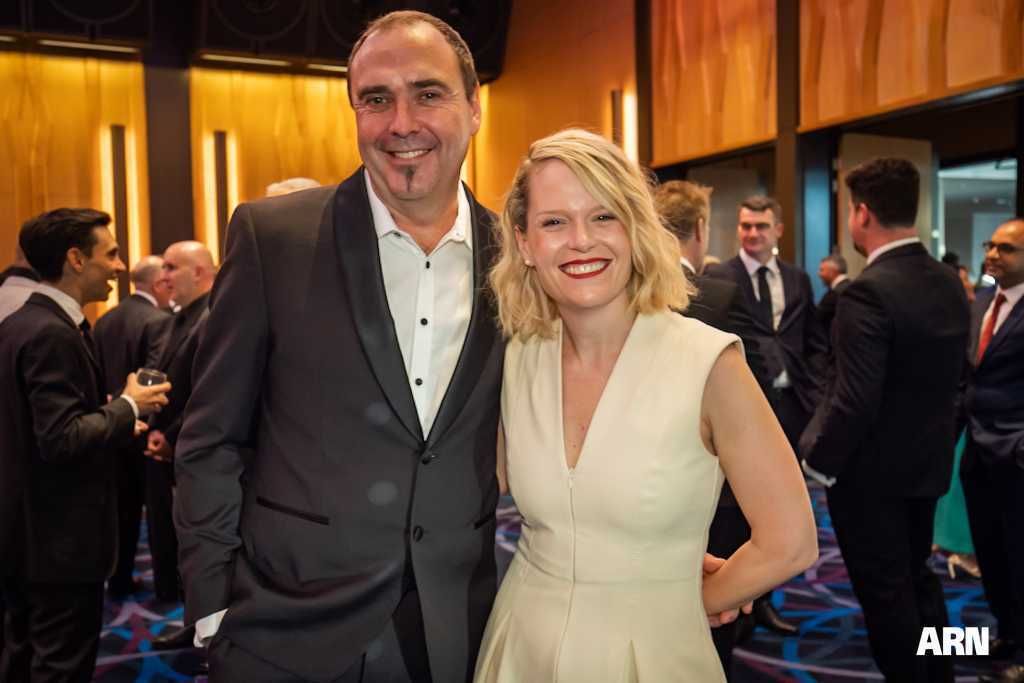Meet Demelza Green: Principal Product Manager
What’s your role at Patient Zero?
The DMZ (Demilitarised Zone). Yes, this might be a well formulated nickname based on my first name, but also holds strong to my mediator personality type. I am passionate about understanding the unique qualities of people, how I can best help someone based on their needs and ensuring there is a shared empathy across people that work together. That’s what I live for.
Sometimes I also go by Principal Product Manager which at its core is about ensuring a balance between consumer, business and technology benefits from strategy right through to delivery. I also have a strong background in agile delivery, agile coaching and quality assurance.
How long have you been working for Patient Zero?
I have been at Patient Zero since March 2019, so just under a year.
What do you love about working at Patient Zero?
Patient Zero’s premise surrounds high-performance teams that produce high quality results. The backbone of this is a culture of agile, devops and product-centric delivery. I have worked with a variety of organisations that are at different stages of their maturity, however the secret sauce that is difficult to master but reaps the most rewards is not always fully understood.
Empiricism (aka the secret sauce) is not only an approach, but a philosophy that we learn best from our actual experiences. The key to this is transparency; continuously inspecting on how we are heading towards our goals and adapting to what we learn along the way. Like the values from scrum, having courage, being open, honest, committed and focused is at the core of Patient Zero. From honesty and truth, and of course the collaboration that is a necessity alongside, we can create transparency that feeds into the empirical attitude that generates the best outcomes.
I love working with a team that eats its own dog food, is willing to run the right experiments at the right time, favours continuous learning and the most essential to which aligned with my core values; honesty. This is why I am here.
How did you get into Product Management?
Like most people in this industry, my path to Product Management was not a straight line. Product Management whilst having been a role in the industry for a little while now, is only starting to popularise more with the global adoption of agile frameworks. Agile is the backbone for Product Management and the two work hand-in-hand with each other.
My journey into IT began around 12 years ago, starting out as a customer service representative for a software company. Speaking directly with the end users of a system gives you direct insight into the use of a system, its context of use, and of course as is the nature of customer service, the pain points.
Not long after joining the customer service team I got seconded into the test team and I fell in love with software delivery. Working within the testing realm you naturally fall at the end of the delivery cycle, and all the delays and impacts of decisions made before you compact into your little window at the end. This can cause pressure to ensure the highest quality within sometimes what seems like the shortest timeframes. This inspired me to look at ways to help build quality in from the beginning, from ideation all the way through to making the system live.
When I started to facilitate User Acceptance Testing workshops, my eyes were opened to a new way of thinking that extended beyond the lens within customer service. Users can surprise you not only in how they use the system, but also in the way that they think, how they feel and their underlying needs towards the products or services you are trying to deliver for them. This was eye-opening for me and I started to gain a lot more empathy for users, shifting my focus towards a more user-centric approach.
My passion has only grown over time as my roles shifted out of testing and into delivery, product and coaching positions. My approach has always been the same: to understand the business, goals, and the consumer needs and values, all whilst finding the right balance in technology. Connecting between all these elements takes attitude, aptitude, experience, skills and a “learnerprenuer” type of mindset. That’s right, I just made up a word and it’s brilliant.
What do you enjoy outside of work?
I’m a bit of a nerd, so outside of enjoying a delicious meal and travelling, I enjoy learning. If you ever see how many Chrome tabs I generally have open, you’d understand the number of things I am researching at once. Chaotic in some eyes, bliss in mine. I absolutely thrive when I’m learning new things and even more so when I can find connections in seemingly disparate things.
What’s an interesting fact about you?
4% of my genes descends from the Neanderthals, which equates to the top 2% of those tested through 23andme. Random, yes. Interesting… well I will leave that up to you.

